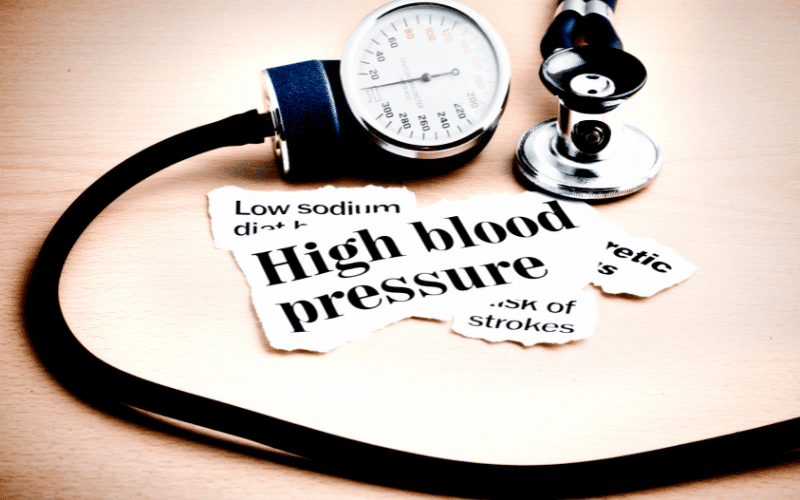Symptom 2. High Blood Pressure: A Serious Concern for Individuals with Polycystic Kidney Disease

High blood pressure, also known as hypertension, is another key symptom linked to Polycystic Kidney Disease. It’s often a complication that appears early in the disease progression, sometimes even before the kidney cysts are large enough to be detected.
The intricate relationship between high blood pressure and PKD roots in the kidneys’ role in regulating blood pressure. Healthy kidneys secrete an enzyme called renin, which plays a pivotal role in maintaining blood pressure. However, as cysts proliferate and replace healthy kidney tissue, this regulatory function is disrupted.
When the kidneys can no longer perform their job efficiently, they release excessive amounts of renin. This leads to a chain reaction where blood vessels throughout the body constrict, leading to elevated blood pressure. For people with PKD, this can be a double-edged sword, as hypertension further damages the kidneys, creating a vicious cycle.
The impacts of hypertension aren’t limited to the kidneys. Elevated blood pressure is a known risk factor for several cardiovascular diseases, including heart attacks and strokes. Therefore, managing blood pressure is a critical aspect of managing PKD.
What makes this symptom particularly dangerous is its silent nature. High blood pressure often presents no obvious symptoms until it reaches dangerous levels. Regular monitoring is key to keeping hypertension in check.
Finally, it’s interesting to note that the relationship between hypertension and PKD isn’t just a one-way street. Studies have found that the presence of hypertension can speed up the progression of PKD, making it a central symptom to manage in this disease. (2)